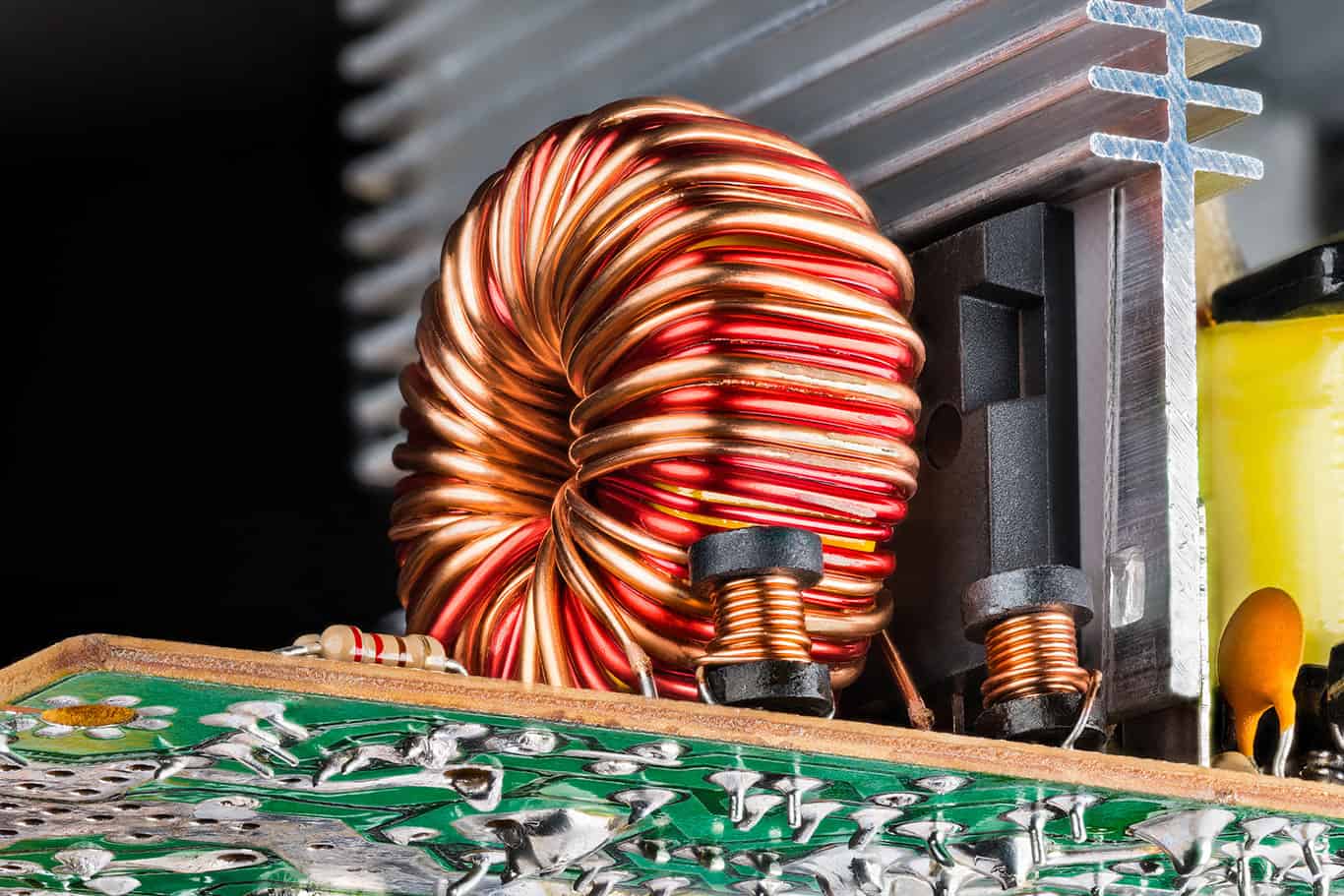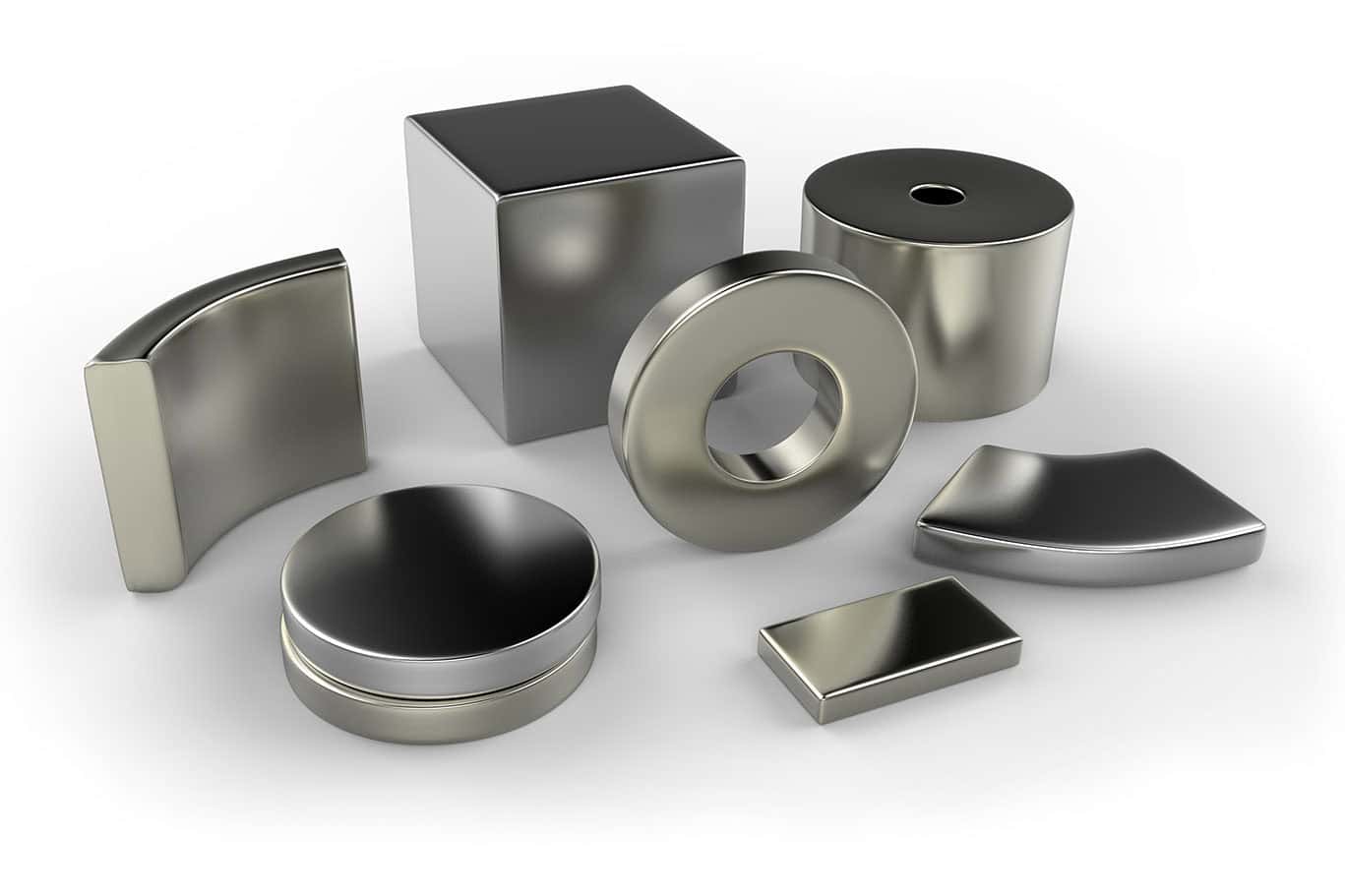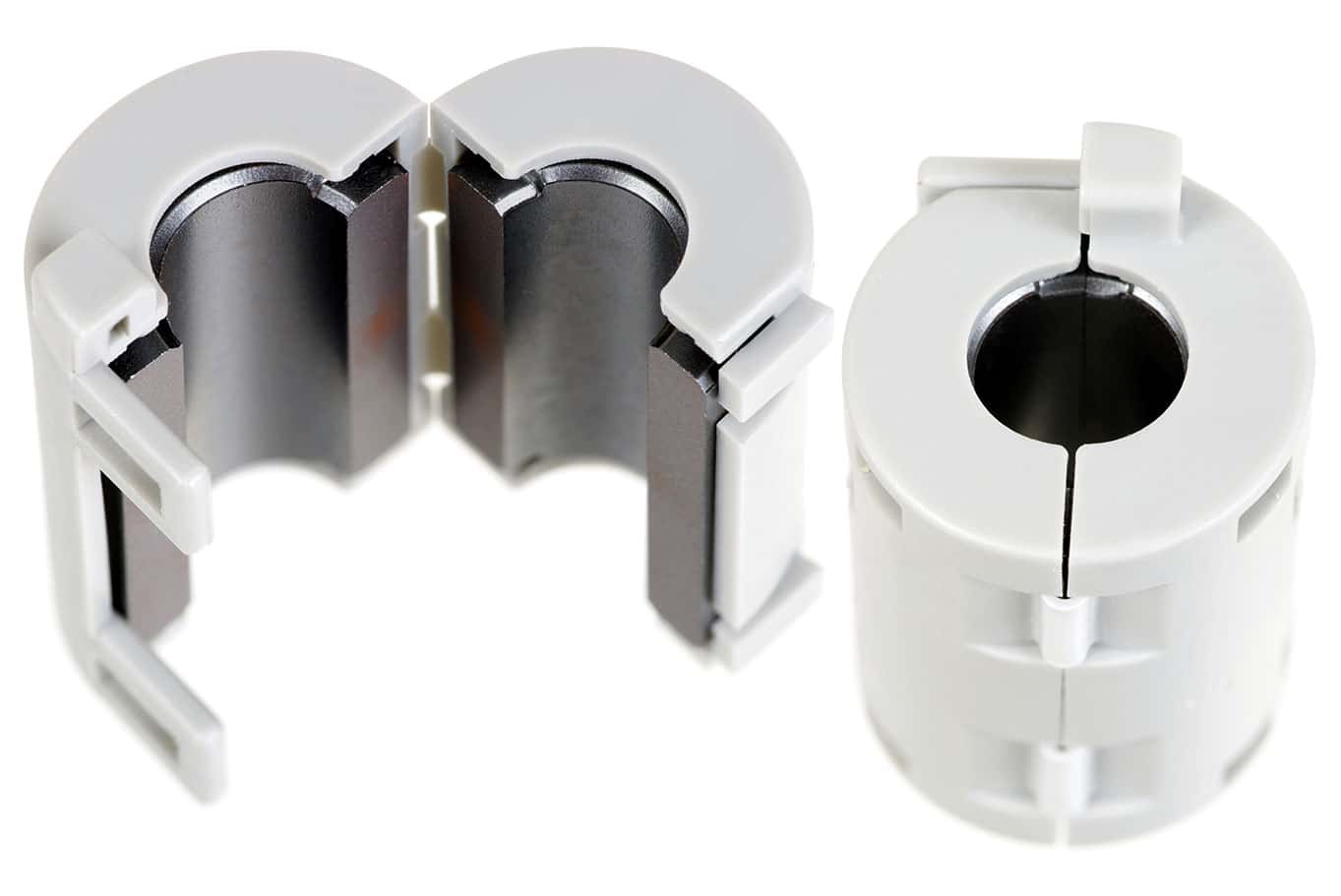LED ceiling lighting has evolved from a simple energy-efficient solution to a key element in modern interior design. As we approach 2024, new trends in LED lighting are emerging, offering both aesthetic appeal and sustainability. Whether you’re updating your home or designing a commercial space, the latest LED ceiling lighting innovations are set to make a significant impact. In this blog, we’ll explore the top trends to watch for in 2024.
1. Minimalist and Sleek Designs
As minimalism continues to dominate interior design, sleek LED ceiling lighting is becoming a popular choice. In 2024, expect to see ultra-thin, low-profile LED fixtures that seamlessly blend into ceilings, creating a clean, uncluttered look. These lights provide bright, even illumination without drawing attention to the fixture itself, making them ideal for modern, minimalist interiors.
Key Benefits:
- Unobtrusive Aesthetics: The slim design allows the lighting to enhance a room’s features without overshadowing other design elements.
- Energy Efficiency: Minimalist designs often use fewer materials, making them lightweight and more energy-efficient.
2. Smart Lighting Integration
With the rise of smart homes, smart LED ceiling lighting is becoming more accessible and user-friendly. In 2024, expect to see increased integration of LED lighting with home automation systems, allowing users to control brightness, colour temperature, and even the lighting schedule via smartphone apps or voice commands.
Why This Trend is Growing:
- Customisable Ambiance: Adjust the LED ceiling lighting to suit your mood or activity, from bright, cool light for working to warm, dim lighting for relaxation.
- Energy Savings: Smart controls allow you to optimise energy use, reducing waste by turning off lights remotely or setting timers for automatic shutdown.
3. Tunable White and Colour-Changing LEDs
In 2024, tunable white LEDs and colour-changing lights will continue to gain popularity, allowing for more flexible lighting options in homes and commercial spaces. Tunable LEDs let users switch between cool and warm white light, making it easy to adapt the lighting to different tasks or times of day. Colour-changing LEDs, on the other hand, offer endless possibilities for creating dynamic environments in living rooms, kitchens, and entertainment areas.
Practical Uses:
- Home Offices: Switch to cool, bright lighting during work hours for increased productivity, then transition to warmer tones for relaxation in the evening.
- Entertainment Spaces: Use colour-changing LEDs to create vibrant, mood-enhancing atmospheres for social gatherings or movie nights.
4. Sustainable and Eco-Friendly Choices
As environmental concerns continue to grow, sustainable LED ceiling lighting is becoming a top priority for designers and homeowners alike. In 2024, look out for LED ceiling lights made from eco-friendly materials, such as recycled plastics or metals, as well as designs that prioritise energy efficiency.
Advantages of Eco-Friendly LED Ceiling Lighting:
- Lower Carbon Footprint: LEDs consume less energy than traditional lighting, reducing overall energy usage and contributing to a greener planet.
- Longevity: With lifespans often exceeding 50,000 hours, LED ceiling lights require fewer replacements, leading to less waste.
5. Statement Lighting Fixtures
While minimalism reigns in some spaces, bold, statement LED ceiling lighting is making waves in others. In 2024, we’ll see more oversized, geometric, and sculptural lighting designs that act as focal points in rooms. These fixtures provide both functional light and a dramatic aesthetic impact, particularly in living rooms, dining areas, and entryways.
Key Features:
- Geometric Shapes: From circular and linear designs to intricate, artistic forms, geometric LED lights add a modern edge to any space.
- Customisable Configurations: Many statement fixtures offer modular designs that can be tailored to fit the scale of a room or specific design preferences.
6. Recessed and Cove Lighting
For those who prefer subtle lighting solutions, recessed LED ceiling lights and cove lighting are becoming increasingly popular. These fixtures are hidden within the ceiling, creating a soft, ambient glow that enhances the overall atmosphere of a room without being visually intrusive.
Where to Use:
- Living Rooms: Create a warm, inviting space with recessed LED lights that offer even, indirect lighting.
- Bedrooms: Cove lighting can be used to highlight architectural features or add a soft glow around the perimeter of the room, perfect for a calming, restful environment.
The trends in LED ceiling lighting for 2024 reflect a balance between style, technology, and sustainability. Whether you’re looking to upgrade your home with minimalist fixtures or create a bold statement with artistic designs, LED lighting offers endless possibilities. With innovations like smart integration, tunable lighting, and eco-friendly materials, LED ceiling lights are poised to remain a key element in both residential and commercial interior design for years to come.
For more information on the latest LED ceiling lighting options and how they can transform your space, visit our LED Lighting page.
Explore the future of LED ceiling lighting with East Manufacturing Technologies Ltd and discover how these innovative designs can enhance your space. Contact us for expert advice or more information:
Email: sales@emtl.co.uk
Phone: +44 1462 680689
Address: East Manufacturing Technologies Ltd, Pixmore Centre, Pixmore Avenue, Letchworth, Hertfordshire, SG6 1JG
Frequently Asked Questions (FAQs)
Q1: What are the benefits of LED ceiling lights in home design?
A1: LED ceiling lights are energy-efficient, long-lasting, and available in various designs that can complement any interior style, from minimalist to bold.
Q2: How do smart LED lights work?
A2: Smart LED lights can be controlled remotely via smartphone apps or voice assistants. You can adjust brightness, colour temperature, and schedule lighting changes for added convenience and energy savings.
Q3: Can LED ceiling lights help reduce energy costs?
A3: Yes, LED lights use significantly less energy than traditional lighting options and last much longer, leading to reduced energy bills and lower maintenance costs over time.






